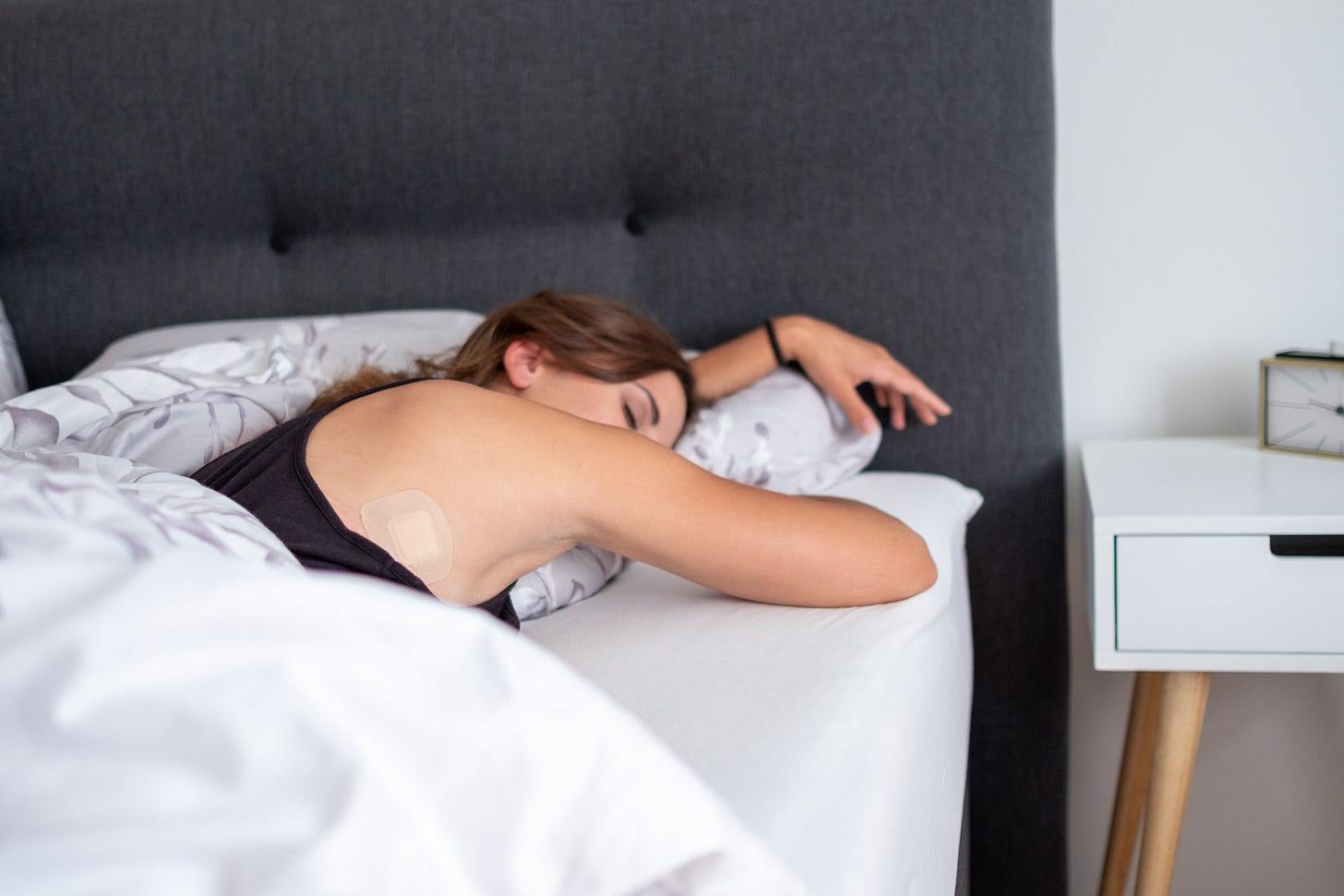FemSense maker SteadySense secures 7-figure investment to scale its continuous temperature patch
Supports global expansion of the FemSense patch and further women's health applications
Austrian MedTech company SteadySense the developer behind the femSense temperature-tracking patch, has raised a seven-figure funding round to accelerate its women’s health business and expand global reach.
The femSense patch uses SteadySense’s SteadyTemp medical-grade sensor to continuously monitor body temperature - technology already applied in European hospitals and now widely used by consumers for fertility and cycle tracking. Women’s health applications are a central focus for the company, which also sees potential to extend the technology to perimenopause and menopause.
This new funding round was led by eQventure, with Raiffeisen-Landesbank Steiermark joining existing backers AUXIL Treuhand, emc Holding, and Situlus Holding. The investment will support global expansion of SteadyTemp and localization of its app for new European markets including Spain and Italy. It will also progress other clinical uses such as infection detection and early intervention.
Raiffeisen’s General Director Martin Schaller said the investment reflected confidence in SteadySense’s ability to deliver “innovative MedTech solutions that combine medical expertise with digital technology.”
SteadySense Managing Director Werner Koele called the round “a crucial milestone” that will allow the company to “globally scale our vision of comprehensive, data-driven healthcare” and establish continuous temperature monitoring as “the new standard.”
SteadySense previously secured €6 million funding round in 2019.
Continuous temperature tracking — and why it matters for women’s health
The femSense patch, powered by SteadySense’s SteadyTemp sensor, is a small adhesive patch worn under the arm that records temperature around the clock. It’s worn for up to seven days each cycle to build a clearer picture of hormonal changes across the menstrual cycle. Insights are then shared through an accompanying app.
“There is a correlation between ovulation and temperature change in the female body,” Koele explained.
“We are not only measuring once a day, but 24/7. With that, we are detecting ovulation.”
The patch helps users identify fertile windows and understand cycle patterns as an alternative to traditional once-daily measurements taken via a thermometer. Because the sensor collects data every few minutes, it’s less affected by sleep patterns, stress, or timing inconsistencies that can skew manual readings.
The patch is also an alternative to rings or watches that estimate temperature from the wrist or finger, since femSense measures it directly under the arm using a medical-grade sensor. Koele said this allows for far greater precision: “Temperature monitoring and measuring is simply impossible to do on the arm or the finger.”
Koele said the product’s main users are “people or couples who want to conceive,” as well as younger women who want to understand their menstrual cycle better. “We provide information about the conceiving process, about the female body, and ideas about timing to have a higher likelihood to conceive,” he said.
However, Koele added that the company - intentionally - does not market femSense as a contraceptive: “With the temperature method itself, a reliable contraceptive product is quite tricky… We recommend using alternative methods during the fertile phase.”
What’s next
FemSense will remain the company’s lead consumer product for women’s health, while SteadySense continues to develop medical and white-label applications of its SteadyTemp technology.
The new funding will be used to upgrade the product, localize its app, and expand availability beyond German-speaking countries into other European markets such as Spain and Italy. SteadySense also plans to extend its hospital collaborations and explore further clinical applications, including infection detection and early intervention in postoperative settings. It will also reposition itself more towards use cases in women’s health.
Koele said women’s health applications are “very important to SteadySense because we strongly believe that there is a difference between men and women… in biology, physiology, and reactions to some treatments.”
The company is exploring potential applications in perimenopause and menopause, building on its existing fertility-tracking expertise. Koele noted that the technology could eventually help women monitor changes in cycle length and hormonal balance as they approach menopause, though this research is still at an early stage.
SteadySense says the company holds all necessary regulatory clearances, including FDA approval, and has been integrated into healthcare systems through partnerships with Roche, März Internetwork, and Ascom, with a broader rollout planned for 2026. The company has completed four clinical studies, with nine more underway.
“With my product, we can at least give a little piece of knowledge to women. So this is what I want to share — that’s my wish list,” concludes Werner.




